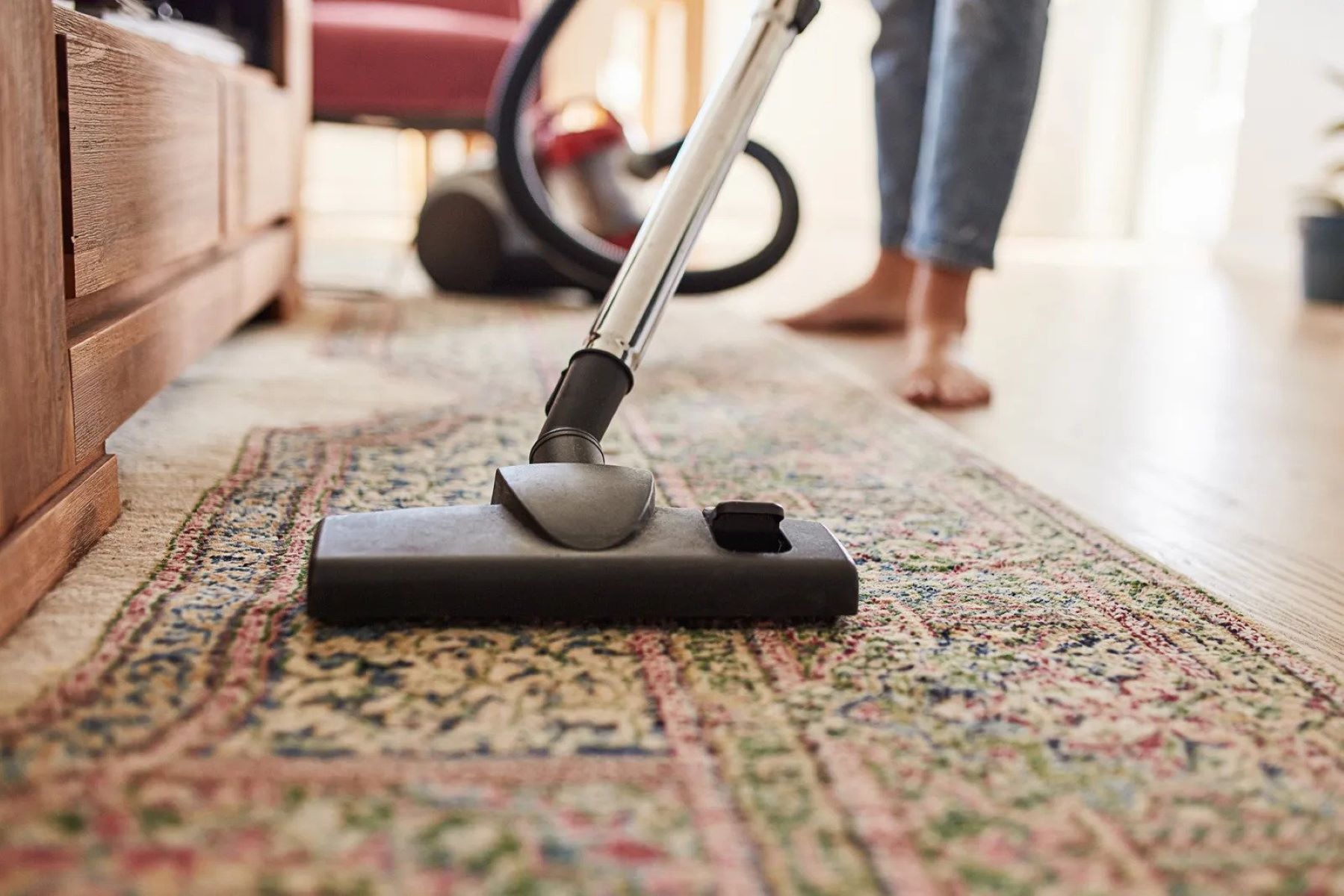

Articles
How To Clean Antique Rugs At Home
Modified: October 18, 2024
Learn effective techniques to safely clean antique rugs at home with these informative articles. Achieve stunning results without damaging your valuable pieces.
(Many of the links in this article redirect to a specific reviewed product. Your purchase of these products through affiliate links helps to generate commission for Storables.com, at no extra cost. Learn more)
Introduction
Welcome to the world of antique rugs, where time-honored craftsmanship and intricate designs come together to create mesmerizing works of art for your floors. Owning an antique rug adds a touch of elegance and sophistication to any space. However, with age comes the need for proper care and maintenance.
Cleaning an antique rug requires a delicate approach to preserve its beauty and integrity. It is essential to understand the nature of these rugs and the techniques to keep them looking their best. In this article, we will guide you through the process of cleaning antique rugs at home, ensuring their longevity and beauty.
Before we dive into the cleaning process, let’s briefly explore what makes antique rugs so special.
Key Takeaways:
- Preserve the Timeless Beauty: Cleaning antique rugs at home requires delicate care, from spot treating stains to gentle vacuuming. Understanding their unique qualities ensures longevity and elegance in your space.
- Safe Storage for Longevity: Properly storing antique rugs involves rolling, wrapping, and choosing a suitable storage location. Regular inspection and care ensure the rug remains well-preserved for future use.
Read more: How To Identify Antique Persian Rugs
Understanding Antique Rugs
Antique rugs are handcrafted masterpieces that have stood the test of time. They are often woven using traditional techniques passed down through generations, resulting in unique and intricate patterns that tell a story. These rugs are typically made from natural materials such as wool or silk and are known for their exceptional durability.
One of the most crucial aspects of caring for an antique rug is understanding its individual characteristics. This includes knowing the type of fiber used, the specific weaving technique, and any special care instructions provided by the manufacturer or rug dealer.
Now, let’s move on to the practical steps you can take to clean your antique rug at home.
Key Takeaways:
- Preserve the Timeless Beauty: Cleaning antique rugs at home requires delicate care, from spot treating stains to gentle vacuuming. Understanding their unique qualities ensures longevity and elegance in your space.
- Safe Storage for Longevity: Properly storing antique rugs involves rolling, wrapping, and choosing a suitable storage location. Regular inspection and care ensure the rug remains well-preserved for future use.
Read more: How To Identify Antique Persian Rugs
Understanding Antique Rugs
Antique rugs are not just ordinary floor coverings; they are pieces of art with historical and cultural significance. Understanding the unique characteristics and value of antique rugs is crucial when it comes to cleaning and caring for them properly.
Antique rugs are typically hand-woven using traditional techniques that have been passed down through generations. These techniques involve intricate patterns and designs that showcase the skill and expertise of the artisans who created them. The patterns can vary widely, from geometric motifs to floral designs, and each rug tells a story of the culture and heritage from which it originated.
The materials used in antique rugs also contribute to their exceptional quality and longevity. Most antique rugs are made from natural fibers such as wool, silk, or a combination of both. Wool is a popular choice due to its durability, softness, and ability to retain vibrant colors. Silk, on the other hand, is known for its lustrous sheen and luxurious feel, making it a prized material for more delicate and intricate rugs.
When it comes to determining the value of an antique rug, several factors are taken into account. These include the age of the rug, the condition of the fibers and dyes, the intricacy of the design, and any historical or cultural significance associated with it. The rarity and uniqueness of the rug also play a significant role.
It’s worth noting that antique rugs may show signs of wear and tear, as they have been used and cherished by previous owners for many years. Some signs of aging, such as slight fading or minor imperfections, can even enhance the rug’s charm and character.
Proper maintenance and cleaning are essential to preserve the beauty and value of antique rugs. However, it’s crucial to take a cautious approach to avoid causing any damage. In the next sections, we will guide you through the steps to prepare for the cleaning process and offer effective cleaning techniques for your beloved antique rug.
Preparing for the Cleaning Process
Before diving into the cleaning process, it’s important to prepare your antique rug properly. This preparation will help ensure that the cleaning is effective and minimizes the risk of damage to the rug. Here are some essential steps to take:
1. Inspect the Rug: Begin by carefully examining the rug for any loose threads, tears, or areas that require special attention. Take note of any stains or spots that need to be treated separately. It’s essential to identify and address any damage or issues before proceeding with the cleaning.
2. Check the Manufacturer’s Instructions: If your antique rug came with specific care instructions or recommendations from the manufacturer or rug dealer, be sure to review them before cleaning. These instructions may provide valuable insights into the best practices for cleaning and maintaining your particular rug.
3. Gather the Right Tools: Having the appropriate cleaning tools on hand is crucial when cleaning an antique rug. Some of the essential tools you may need include a soft-bristle brush, a sponge or cloth, mild detergent or rug cleaner, white vinegar, and a bucket of cool water. Avoid using harsh chemicals or abrasive materials that could damage the delicate fibers of the rug.
4. Test for Colorfastness: Before applying any cleaning solution to the entire rug, it’s vital to test for colorfastness. Choose a small, inconspicuous area on the rug and lightly dab it with a damp cloth or sponge. If the colors do not bleed or fade, it’s generally safe to proceed with the cleaning. However, if you notice any color transfer, it’s best to consult a professional rug cleaner to avoid further damage.
5. Prepare the Cleaning Area: Find a clean and spacious area where you can lay out the rug for cleaning. Make sure the surface is protected, such as by using a tarp or plastic sheeting, to prevent any moisture from seeping into the floor or carpet beneath. This will also provide a comfortable and convenient space to work on the rug.
By taking these preparations, you’ll be ready to move on to the actual cleaning process with confidence. Next, we’ll explore the first step: vacuuming the rug to remove loose dirt and debris.
Vacuuming the Rug
Vacuuming is the first step in cleaning your antique rug. It helps to remove loose dirt, dust, and debris on the surface and in the fibers. However, it’s crucial to approach vacuuming with care to avoid damaging the delicate fibers or causing the rug to unravel. Here’s how to vacuum your antique rug effectively:
1. Choose the Right Vacuum: For antique rugs, it’s recommended to use a vacuum cleaner with adjustable suction and a brush attachment. Avoid using a beater bar or a vacuum cleaner with strong suction, as these can pull and damage the fibers of the rug.
2. Prepare the Rug: Before vacuuming, gently shake the rug outside to remove any loose dirt and debris. This will help prevent clogging the vacuum cleaner and ensure more effective cleaning.
3. Set Up the Vacuum: Adjust the vacuum’s suction to a low or medium setting to avoid aggressive pulling or lifting of the rug. Attach the brush attachment to help loosen and lift dirt from the rug’s surface without causing excessive agitation.
4. Vacuum in the Right Direction: Always vacuum in the direction of the rug’s pile or nap. Run the vacuum over the rug gently and slowly, overlapping your strokes to ensure thorough coverage. Take extra care around the edges and fringes, as they are more susceptible to damage. If your rug has delicate or loose fringes, avoid vacuuming them directly to prevent unraveling.
5. Repeat as Needed: Depending on the condition of your rug and the amount of dirt present, you may need to go over the rug multiple times to remove all the debris. This is especially important if your rug has thicker pile or if it hasn’t been vacuumed for an extended period.
6. Pay Attention to Both Sides: Flip the rug over and vacuum the backside as well. This helps to remove any dirt or dust trapped between the fibers and ensures thorough cleaning. Be gentle when vacuuming the backside to avoid damaging the rug’s foundation.
7. Tackle Stubborn Dirt: If there are stubborn dirt particles or pet hair embedded in the rug, you can use a soft-bristle brush or a broom to gently loosen them before vacuuming. Avoid using excessive force or harsh brushing, as this can damage the rug.
Remember, regular vacuuming is essential to maintain the cleanliness and longevity of your antique rug. It helps to prevent dirt from settling further into the fibers and protects against potential damage caused by abrasive particles. With the rug properly vacuumed, we can now move on to spot treatment for stains in the next section.
When cleaning antique rugs at home, avoid using harsh chemicals or excessive water. Instead, gently vacuum the rug regularly and spot clean any stains with a mild detergent and water. Always test a small, hidden area first to ensure the cleaning solution doesn’t damage the rug.
Read more: How To Clean Antique Linens And Clothing
Spot Treatment for Stains
Stains on your antique rug can be a cause for concern, but with the right spot treatment techniques, you can effectively remove them without causing damage to the fibers. It’s important to act quickly when dealing with stains to prevent them from setting deeper into the rug. Here are some steps you can follow for spot treatment:
1. Blot the Stain: Use a clean, white cloth or paper towel to gently blot the stain as soon as possible. Avoid rubbing or scrubbing the stain, as this can push it further into the fibers and spread it. Instead, press firmly but gently to absorb as much of the stain as possible.
2. Test the Cleaning Solution: Before applying any cleaning solution to the stain, it’s important to test it on an inconspicuous area of the rug to ensure that it doesn’t cause color bleeding or fading. Choose a small, hidden section of the rug and apply a small amount of the cleaning solution. If there are no adverse effects, proceed with spot treatment.
3. Choose the Right Cleaning Solution: The choice of cleaning solution depends on the type of stain and the fiber of your antique rug. For most stains, a mixture of mild detergent and cool water can be effective. Alternatively, you can use a specialized rug cleaner specifically formulated for delicate fibers. Avoid using bleach or harsh chemicals that can damage the rug.
4. Apply the Cleaning Solution: Dip a clean sponge or cloth into the cleaning solution, wring out any excess moisture, and gently dab the stained area. Work from the outer edges of the stain toward the center to prevent it from spreading further. Be careful not to overly saturate the rug with the cleaning solution, as excessive moisture can damage the fibers or cause color bleeding.
5. Blot and Repeat: After applying the cleaning solution, continue blotting the stained area with a clean cloth or paper towel. Repeat the process, alternating between applying the cleaning solution and blotting, until the stain starts to fade. Be patient and avoid scrubbing or rubbing excessively, as this can damage the rug.
6. Rinse the Area: Once the stain is removed or significantly reduced, use a clean sponge or cloth dipped in cool water to rinse the treated area. Gently blot the area with a dry cloth to remove any excess moisture.
7. Dry the Rug Thoroughly: After spot treatment, it’s crucial to ensure that the rug dries completely to prevent the growth of mold or mildew. You can hang the rug outside in a shaded area or lay it flat on a clean, dry surface, ensuring good air circulation. Avoid exposing the rug to direct sunlight or high heat, as this can cause fading or shrinkage.
By carefully following these spot treatment steps, you can effectively tackle stains on your antique rug without causing damage to its fibers or colors. After spot treatment, if the overall rug cleaning is necessary, we will explore deep cleaning techniques in the next section.
Deep Cleaning Techniques
While regular vacuuming and spot treatments are important for maintaining the cleanliness of your antique rug, there will come a time when a deeper cleaning is necessary to remove embedded dirt, odors, and restore the rug’s vibrancy. Here are some effective deep cleaning techniques to consider:
1. Handwashing: Handwashing is one of the safest methods for deep cleaning an antique rug. Fill a clean bathtub or a large basin with cool water and a mild rug cleaning solution or gentle detergent. Gently submerge the rug into the water and agitate it using your hands. Pay special attention to stained or heavily soiled areas, gently rubbing them with your fingers. Avoid vigorous scrubbing or twisting the rug, as this can cause damage. Once thoroughly washed, drain the tub and rinse the rug with cool water until the water runs clear.
2. Rug Shampooing: Rug shampooing machines, available for rent or purchase, can also be used for deep cleaning your antique rug. Follow the manufacturer’s instructions for the machine and use a mild rug shampoo specifically designed for delicate fibers. Prioritize low or gentle settings to prevent excessive agitation. After shampooing, thoroughly rinse the rug with cool water to remove any remaining shampoo residue.
3. Professional Cleaning: For valuable or delicate antique rugs, it’s often best to entrust the deep cleaning process to professionals. Professional rug cleaners have the expertise, specialized equipment, and knowledge of different rug types to safely and effectively clean your antique rug. They can tailor the cleaning process to match the specific needs of your rug, ensuring optimal results without compromising its integrity.
Regardless of the deep cleaning method you choose, it’s crucial to ensure proper drying after the process. Lay the rug flat on a clean, dry surface with good air circulation. Periodically flip the rug over to promote even drying and prevent moisture buildup. Avoid exposing the rug to harsh sunlight or heat sources, as this can cause fading or shrinkage.
It’s important to note that deep cleaning should be done only when necessary and with caution, as excessive or improper cleaning can potentially damage the rug. Always follow the manufacturer’s guidelines, or consult with a professional if you are unsure about the appropriate deep cleaning method for your antique rug.
With our antique rug now thoroughly cleaned, it’s time to move on to the next step in caring for your rug: drying and maintaining it properly.
Drying and Maintaining the Rug
Proper drying and maintenance are essential steps in caring for your antique rug after cleaning. These steps ensure that the rug remains in good condition, retains its beauty, and lasts for many more years to come. Here are some tips for drying and maintaining your rug:
1. Drying the Rug:
- Gently squeeze out excess water: After deep cleaning or spot treatment, gently squeeze out excess water by pressing down on the rug with a clean towel or using a wringer. Avoid twisting or wringing the rug, as this can cause damage.
- Air drying: Lay the rug flat on a clean, dry surface with good air circulation. If possible, choose a shaded area to prevent exposure to direct sunlight, as prolonged sunlight can cause fading. Periodically flip the rug over to ensure even drying.
- Use fans or dehumidifiers: If the weather is humid or the rug is taking longer to dry, you can use fans or dehumidifiers to speed up the drying process. Just make sure the fans are set on a low setting to prevent excessive agitation.
2. Maintaining the Rug:
- Vacuum regularly: Even after deep cleaning, continue to vacuum your antique rug regularly to remove loose dirt and debris. Use a soft-bristle brush attachment and adjust the vacuum to a low or medium setting to avoid damaging the fibers.
- Rotate the rug: To ensure even wear and minimize the impact of foot traffic, rotate your rug periodically. This helps distribute the wear and tear evenly and prevents certain areas from fading or becoming more worn out than others.
- Protect from direct sunlight: Avoid placing your antique rug in direct sunlight for prolonged periods, as this can cause fading and deterioration of the fibers. Use curtains or blinds to block out harsh sunlight or consider rotating the rug periodically to minimize sun exposure.
- Use rug pads: To provide extra cushioning and prevent slipping, consider using rug pads underneath your antique rug. Rug pads not only enhance comfort but also protect the rug from wear and damage caused by friction with the floor.
- Professional rug cleaning: Depending on the foot traffic and level of soiling, it’s recommended to have your antique rug professionally cleaned every 1-2 years. Professional rug cleaners have the expertise and equipment to thoroughly clean and restore your rug without causing damage.
By following these drying and maintenance tips, you can protect the beauty and longevity of your antique rug for generations to come. With proper care, your rug will continue to be a stunning centerpiece in your home.
Lastly, let’s explore some safe storage tips for times when you need to keep your antique rug away for a certain period.
Safe Storage Tips for Antique Rugs
There may be times when you need to store your antique rug, whether it’s during a move, a renovation, or simply to rotate the rugs in your collection. Proper storage is crucial to protect the rug from damage and ensure its preservation over time. Here are some safe storage tips for your antique rug:
1. Clean the Rug: Before storing your antique rug, make sure it is thoroughly cleaned and completely dry. Any dirt, dust, or moisture left on the rug can attract pests or lead to mold and mildew growth during storage. Follow the cleaning techniques mentioned earlier to ensure the rug is in its best condition before storage.
2. Roll the Rug: Rather than folding the rug, it is best to roll it for storage. Rolling helps prevent creases and reduces the risk of permanent damage to the fibers. Start rolling the rug from one end to the other, making sure it is evenly and tightly rolled. Avoid rolling it too tightly as it can cause stress on the fibers.
3. Wrap the Rug: Once the rug is rolled, wrap it in a clean, breathable material to protect it from dust and potential pests. Avoid using plastic as it can trap moisture and cause the rug to mildew. Instead, opt for acid-free tissue paper or a clean cotton sheet to provide a protective layer.
4. Choose a Suitable Storage Location: Find a storage area that is clean, dry, and free from extreme temperature and humidity fluctuations. Ideally, the storage space should be well-ventilated and away from direct sunlight. Avoid basements, attics, or damp areas that can promote mold growth or pests.
5. Elevate the Rug: Place the rolled and wrapped rug on a raised platform or pallet to keep it off the floor. This helps to prevent moisture absorption and potential damage from pests. Avoid storing the rug directly on concrete or any surface that can transfer moisture to the rug.
6. Avoid Weight on Top: Do not stack heavy items on top of the rolled rug during storage, as it can cause compression and distortion of the fibers. If necessary, place lightweight objects on top to help stabilize the rug.
7. Regular Inspection: Periodically check on your stored antique rug to ensure it remains in good condition. Look out for any signs of pests, moisture buildup, or damage. If you notice any issues, take immediate action to address them to prevent further damage.
By following these safe storage tips, you can ensure that your antique rug remains protected and well-preserved throughout its time in storage. When you are ready to display the rug again, simply unroll it and allow it to settle before placing it in its new location.
Now that you’re equipped with the knowledge of cleaning and caring for your antique rug, you can confidently enjoy its timeless beauty and make it a cherished part of your home for years to come.
If you have any further questions or need assistance, feel free to reach out. Happy rug cleaning and care!
Read more: How To Clean An Antique Quilt
Conclusion
Caring for antique rugs requires a delicate touch and a deep understanding of their unique qualities. By following proper cleaning techniques, you can maintain the beauty and longevity of these exquisite pieces. In this article, we have explored the various steps involved in cleaning antique rugs at home:
– Understanding the characteristics that make antique rugs special and valuable.
– Preparing for the cleaning process by inspecting the rug and gathering the necessary tools.
– Vacuuming the rug to remove loose dirt and debris.
– Spot treating stains using the appropriate cleaning solutions.
– Deep cleaning techniques such as handwashing or rug shampooing.
– Drying and maintaining the rug, including proper air drying and regular vacuuming.
– Safe storage tips to preserve the rug when not in use.
While caring for antique rugs can be a labor of love, the results are well worth it. With the proper care and attention, your antique rug can continue to be the centerpiece of your home, preserving its history and artistry for future generations to enjoy.
Remember, it’s crucial to approach cleaning with caution and to seek professional help when needed, especially for valuable or delicate rugs. Regular maintenance, including vacuuming and spot treating stains, will help prevent the need for deep cleaning too frequently.
Lastly, always consult the manufacturer’s instructions or seek guidance from a professional rug cleaner if you have any doubts or concerns about the proper care of your antique rug. Their expertise and experience can provide valuable insights and ensure the best outcome for your beloved rug.
So, go ahead and embrace the beauty and elegance of your antique rug, knowing that with the right care and maintenance, it will continue to shine as a cherished piece in your home for years to come.
Frequently Asked Questions about How To Clean Antique Rugs At Home
Was this page helpful?
At Storables.com, we guarantee accurate and reliable information. Our content, validated by Expert Board Contributors, is crafted following stringent Editorial Policies. We're committed to providing you with well-researched, expert-backed insights for all your informational needs.
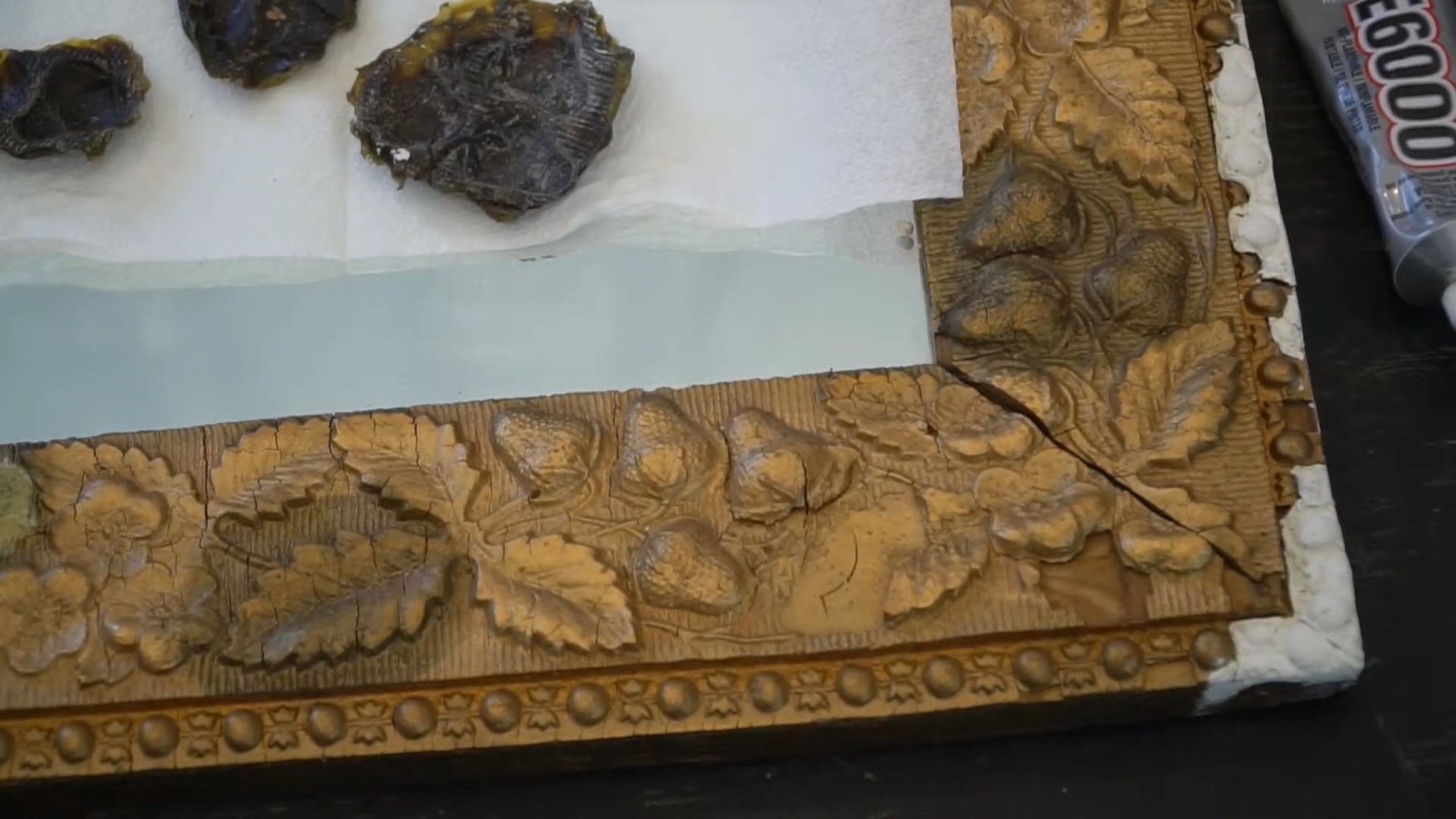
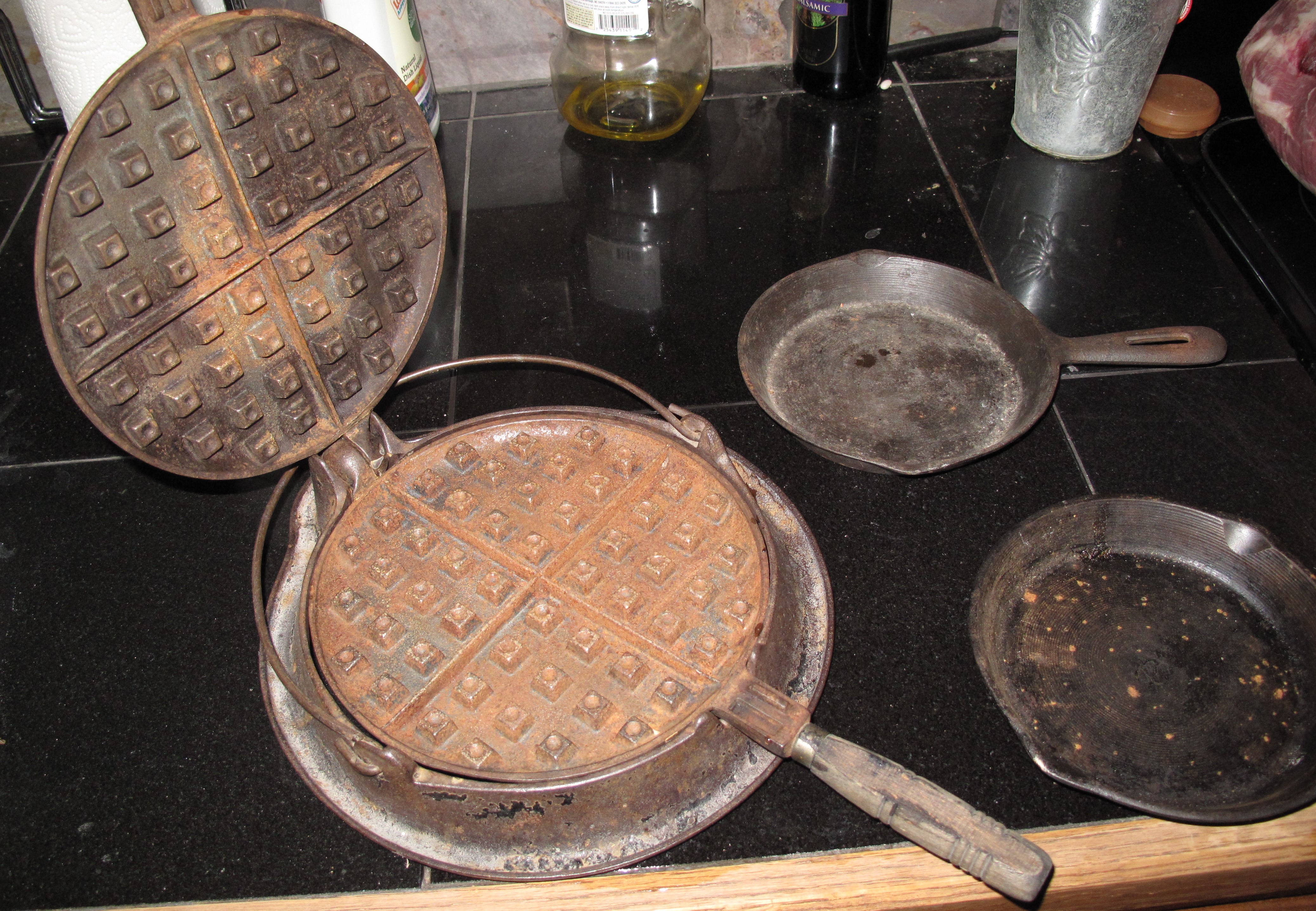
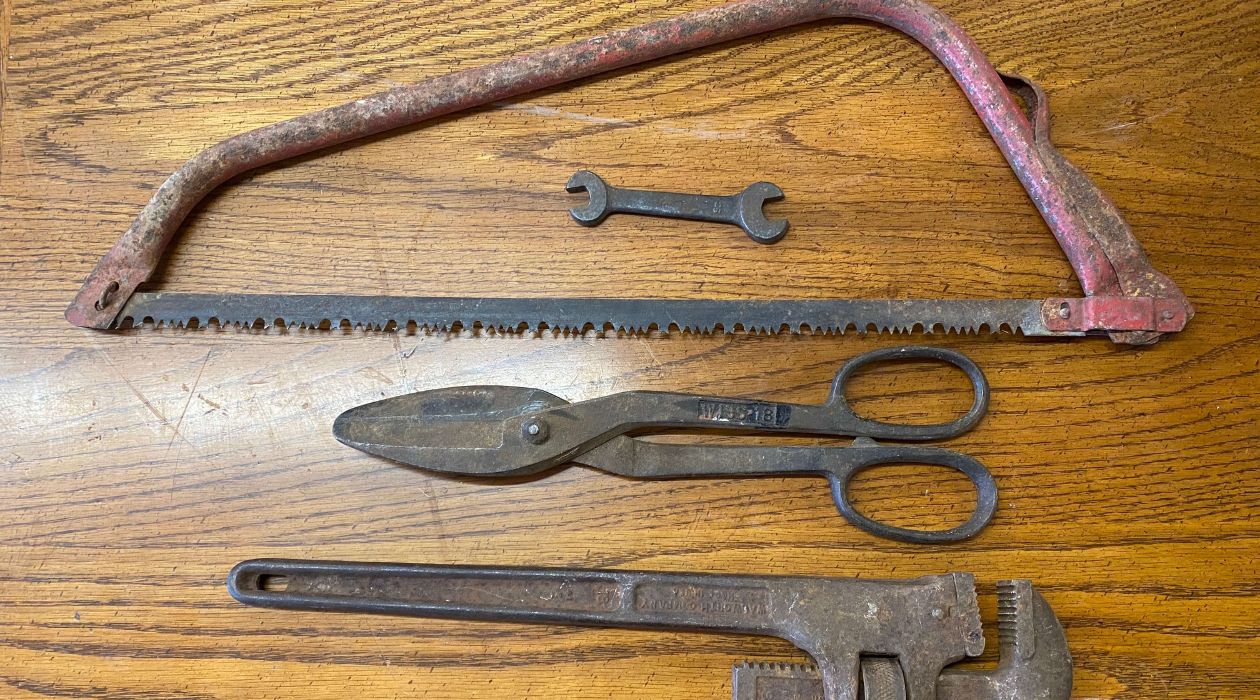
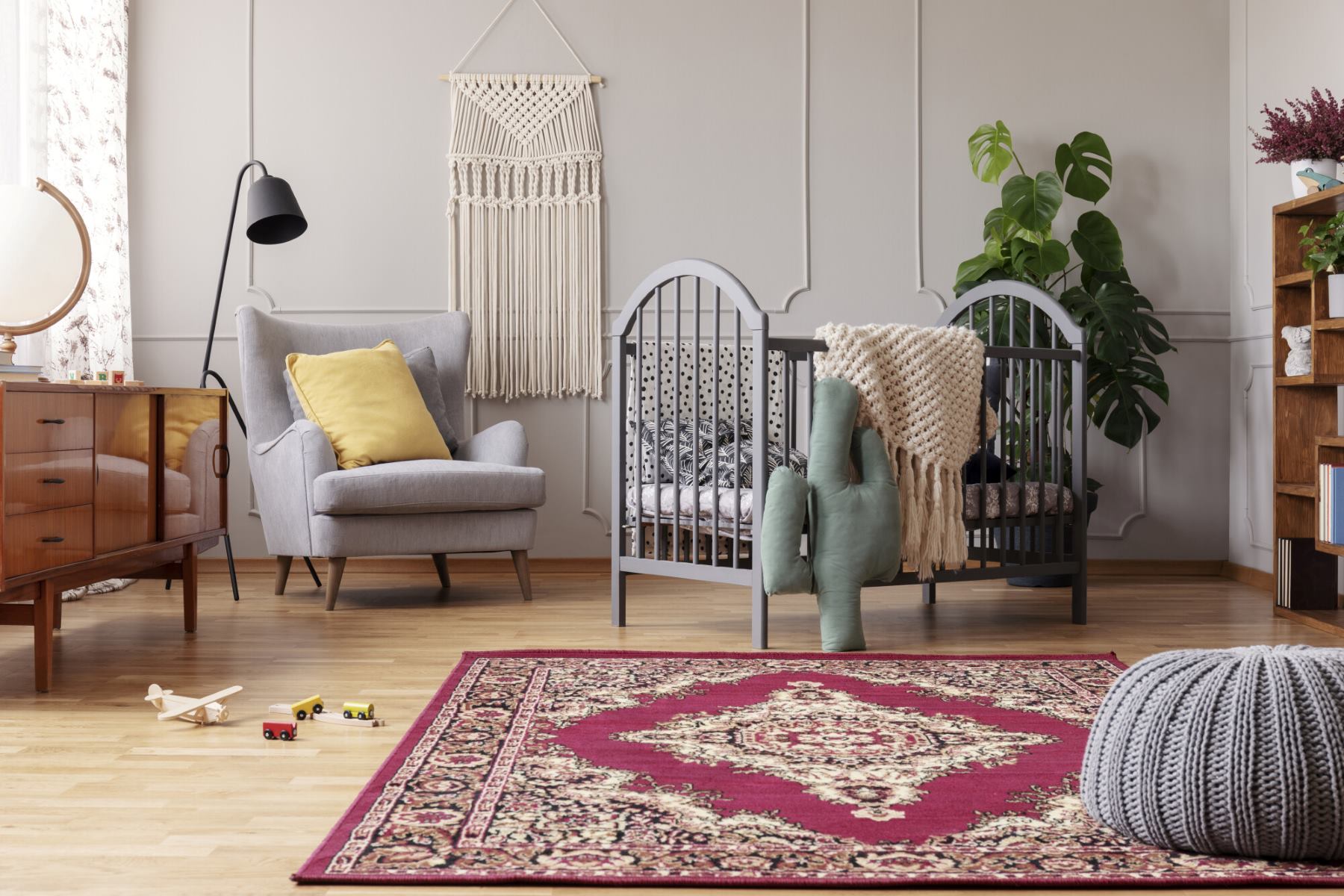
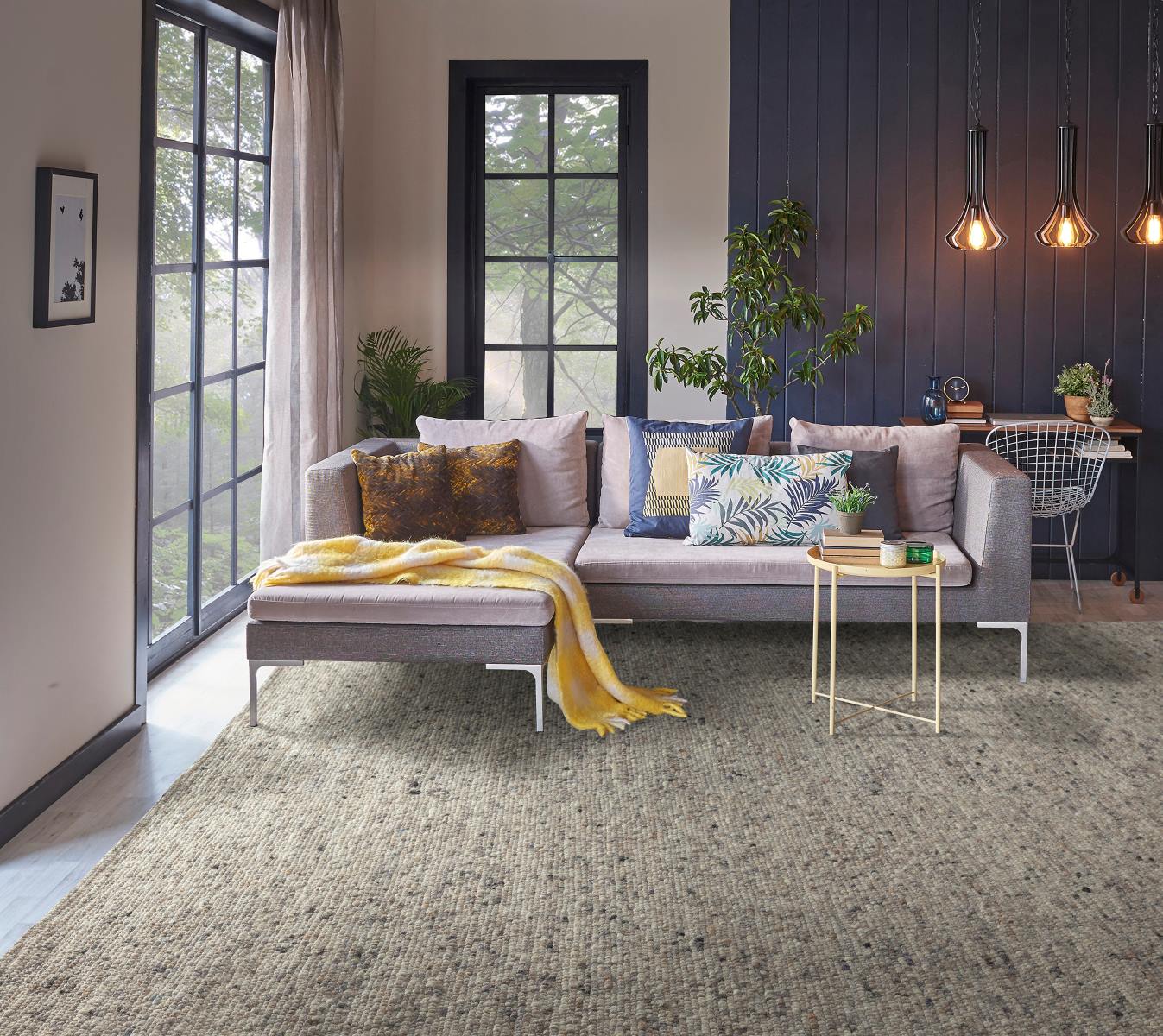
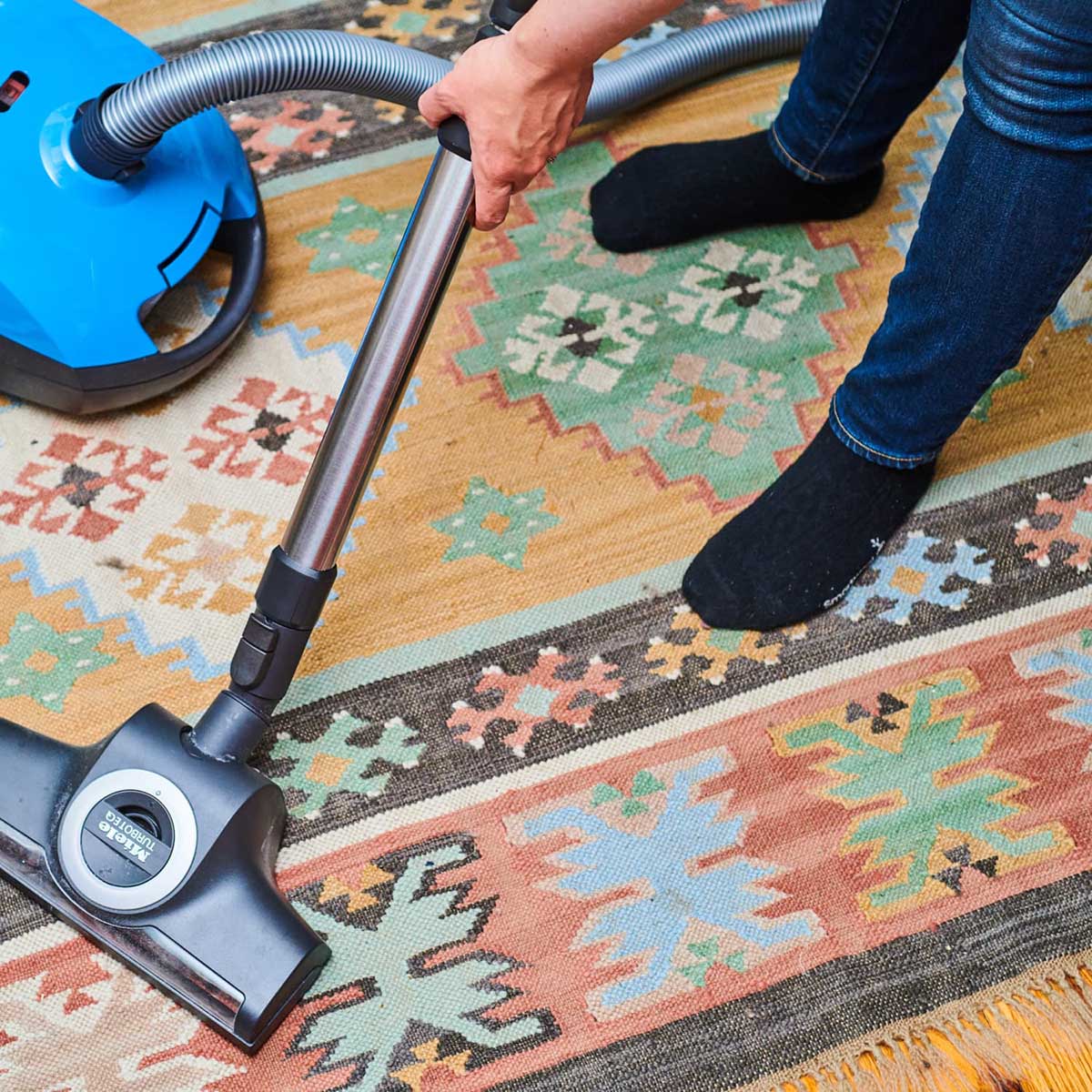

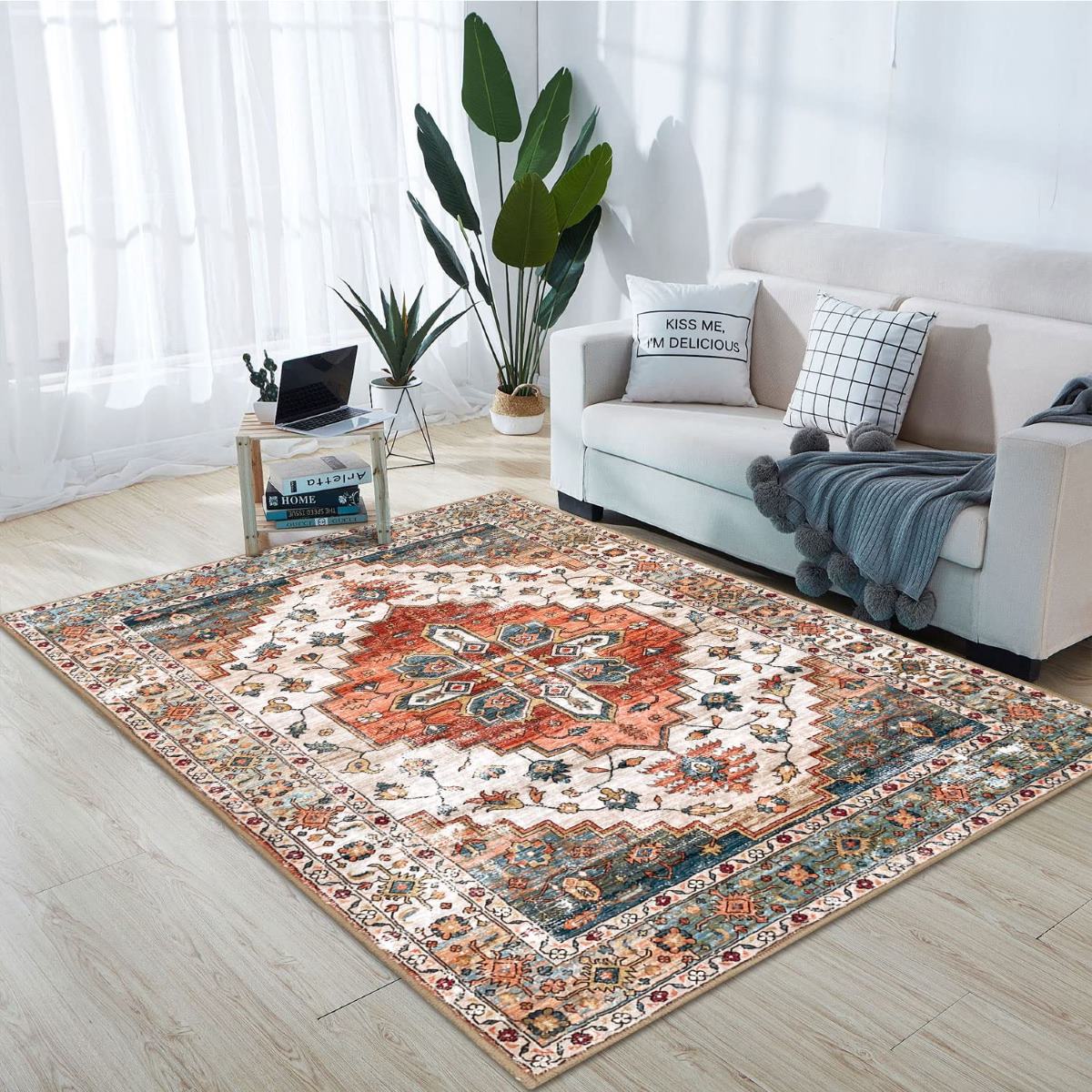
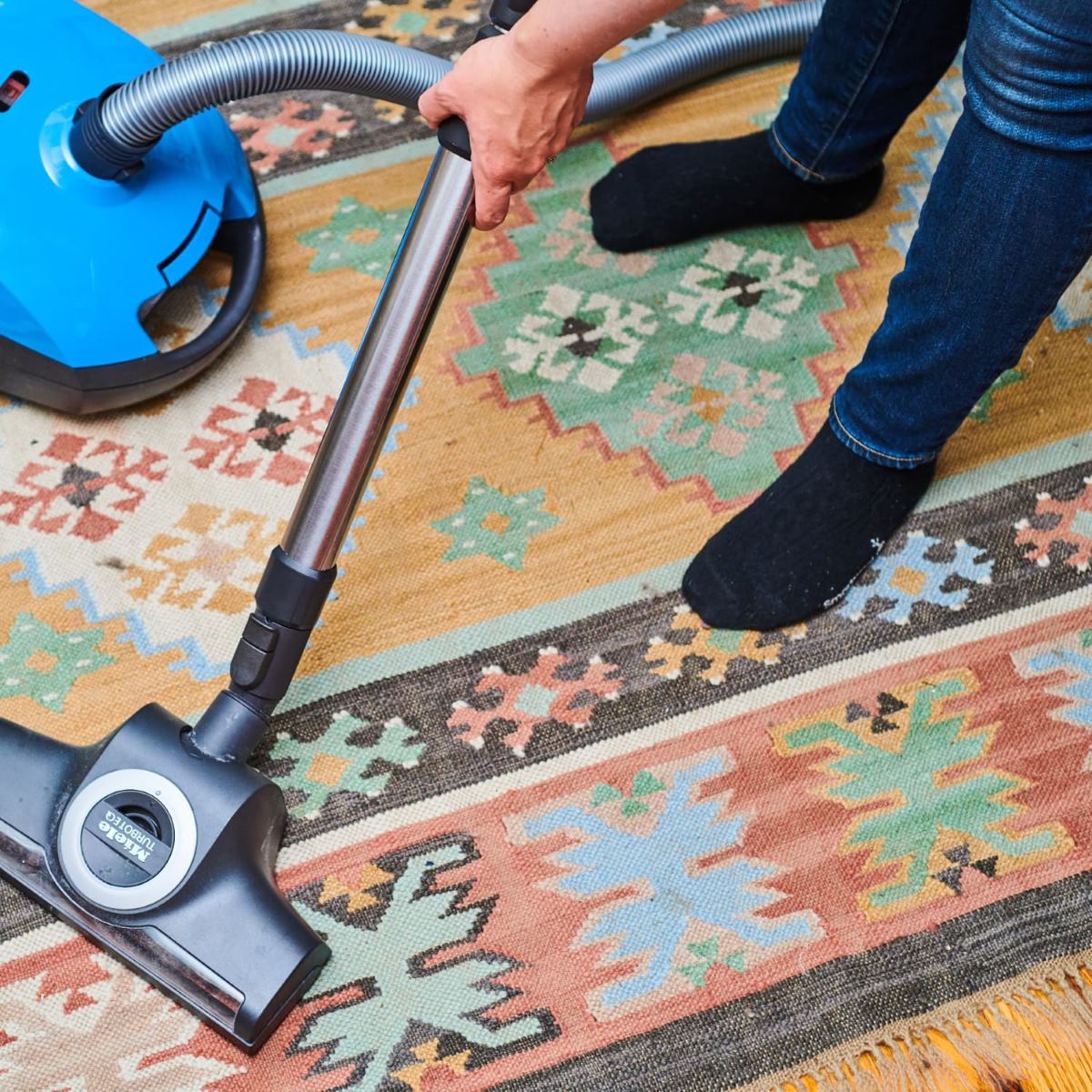
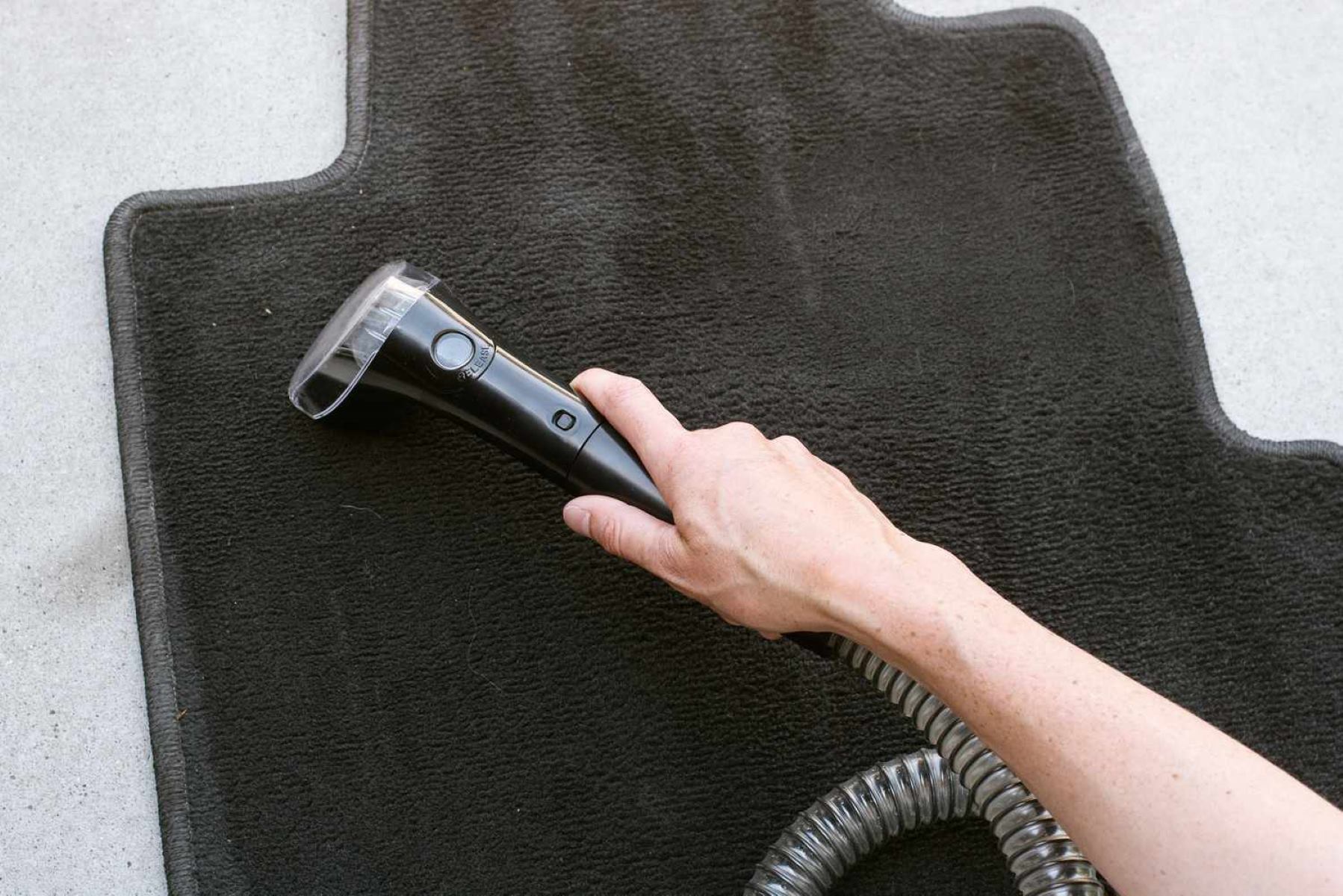
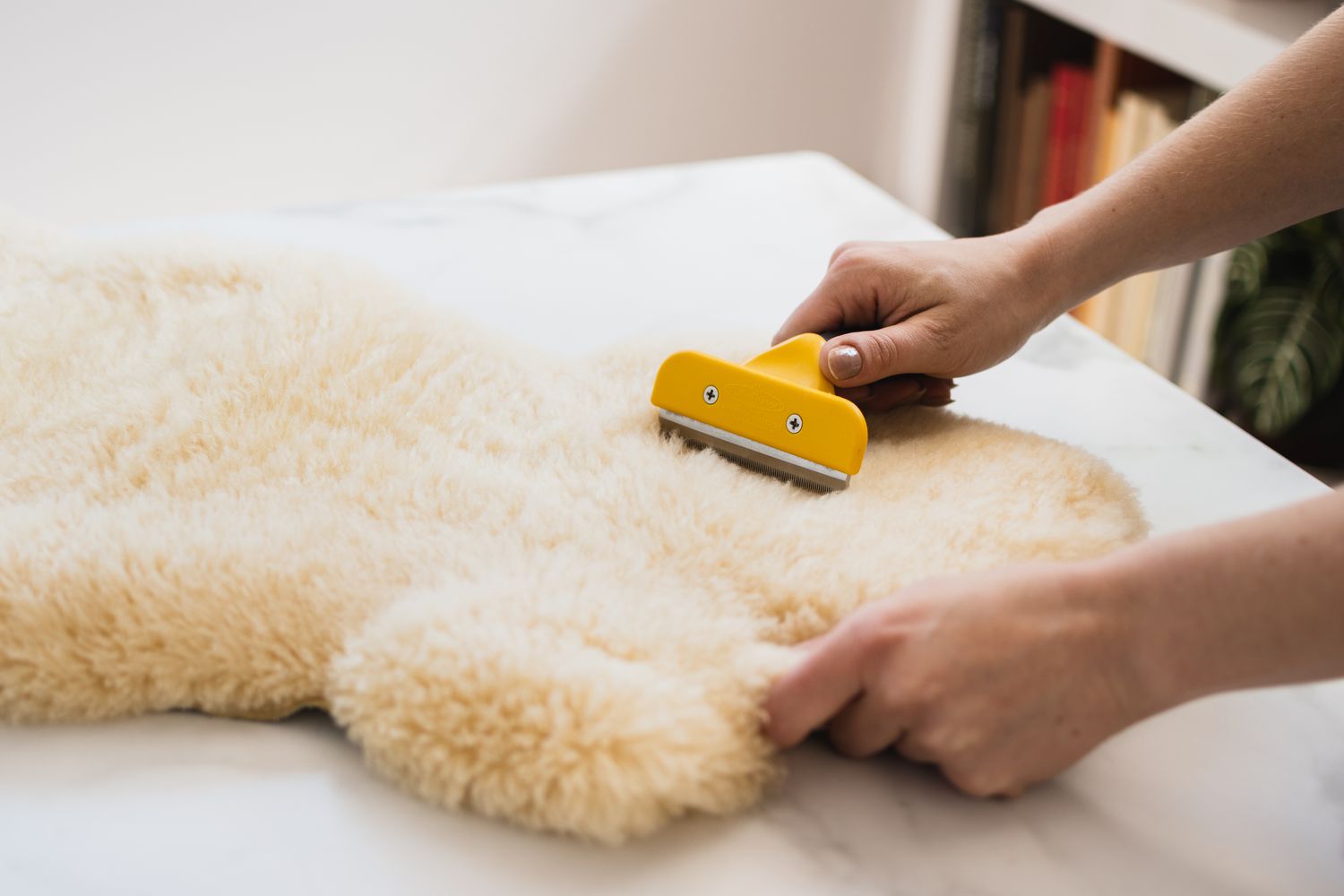

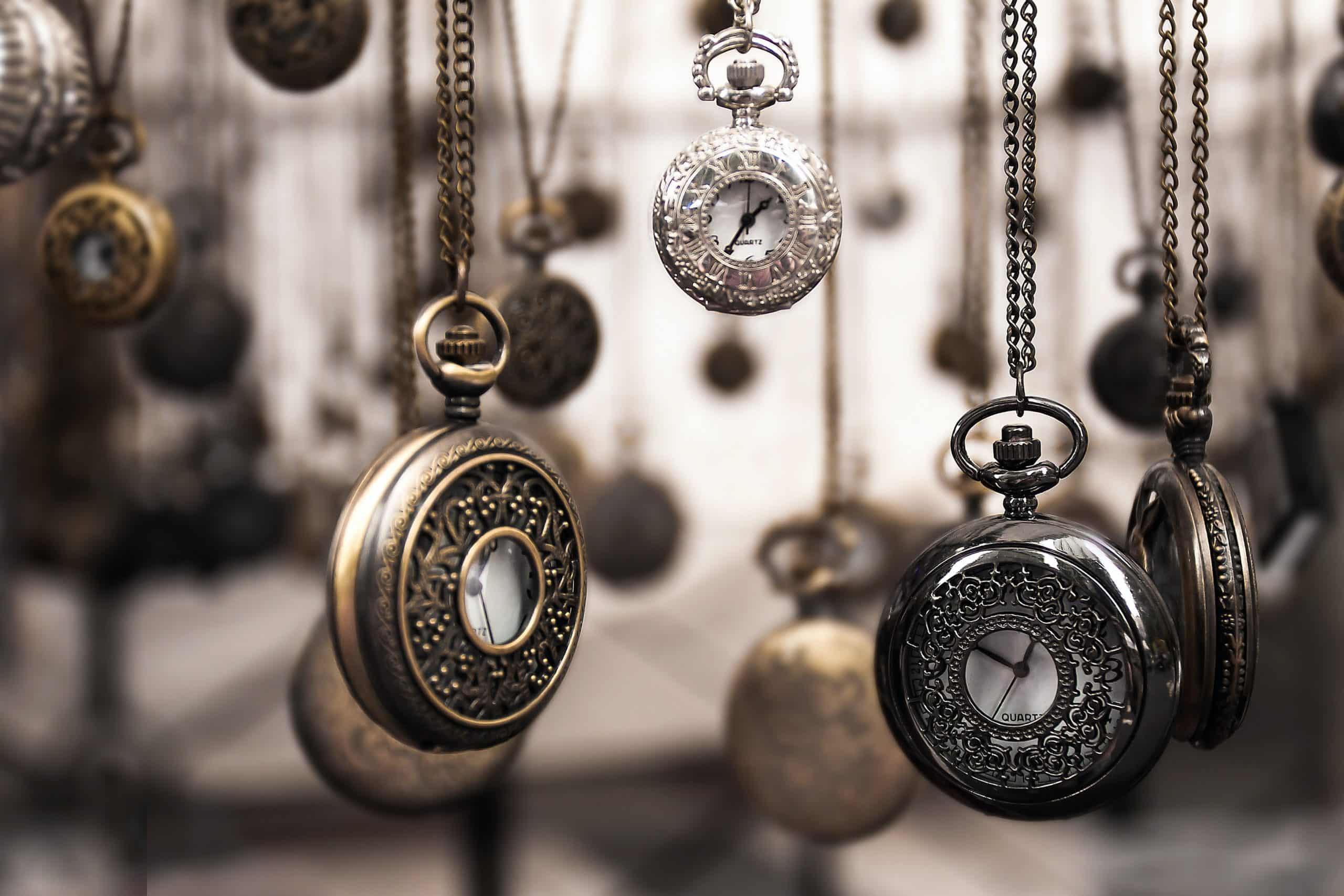

0 thoughts on “How To Clean Antique Rugs At Home”